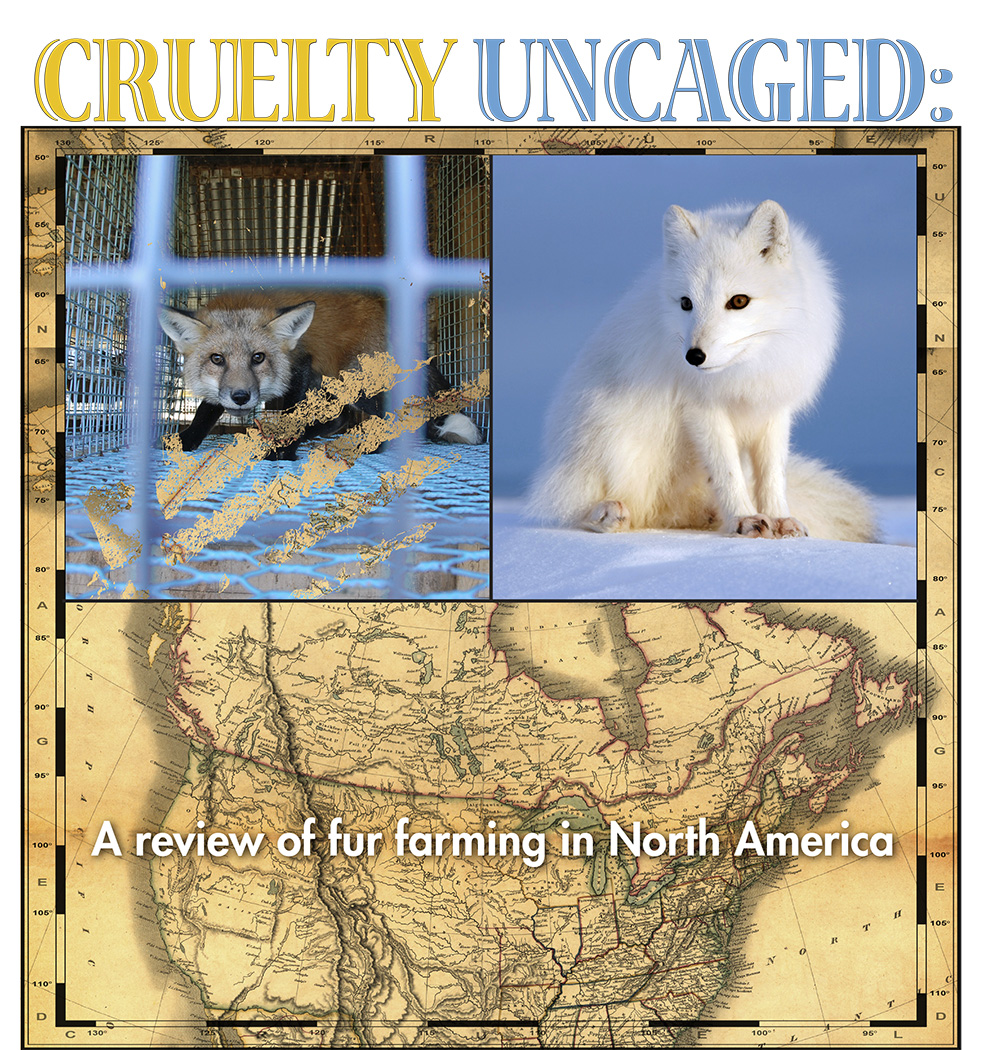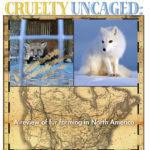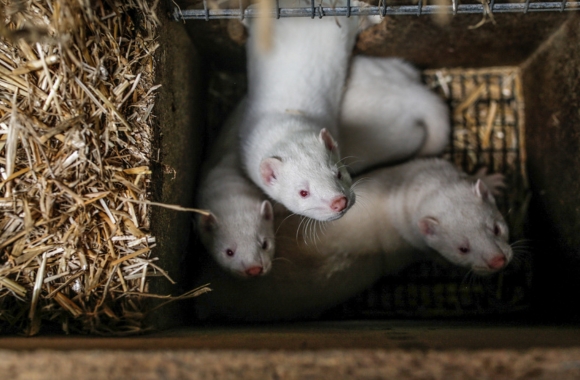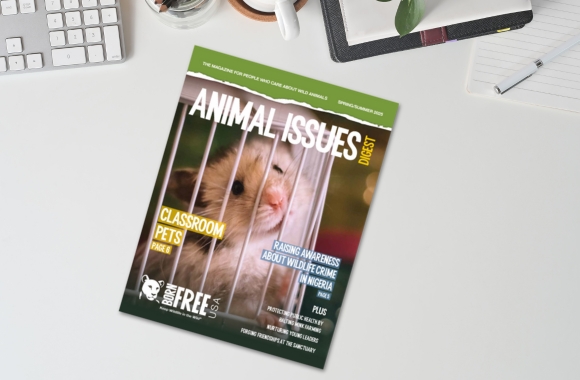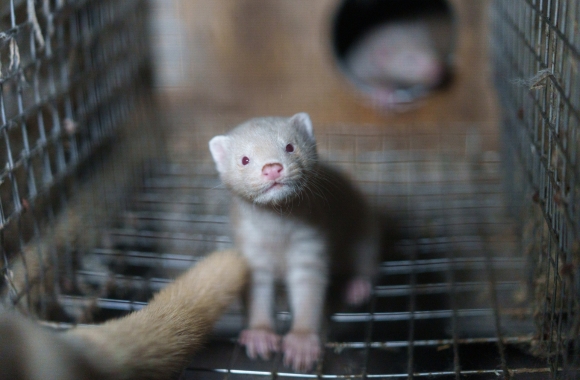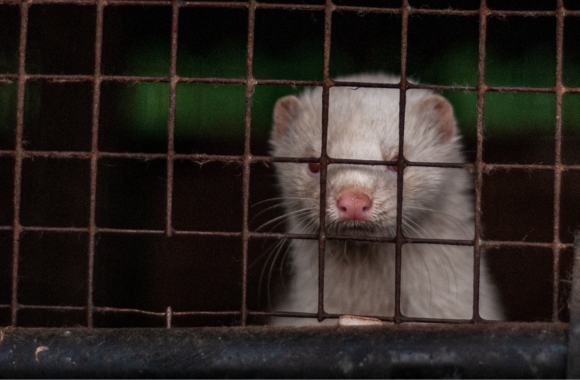Cruelty Uncaged: A Review of Fur Farming in North America (2009)
Globally, most fur used in fashion comes from animals raised on fur farms where they are forced to live in cramped confined conditions that fail to accommodate their natural behavior. Death provides their only release and is often precipitated by extreme fear, stress, illness, and pain.
The United States is the fifth largest mink-producing country in the world. In terms of animal lives this amounts to approximately 3 million farm-raised mink killed annually for their pelts. Additionally, approximately 660,000 breeding female mink are held on U.S. fur farms. Reliable data on the total number of farmed fox, and farmed bobcat or lynx, raised or pelted in the U.S. are not available.
The fur industry and its apologists want us to believe that fur farming is a humane, environmentally friendly and highly regulated industry. But as Born Free USA’s report Cruelty Uncaged: A Review of Fur Farming in North America reveals, nothing could be farther from the truth.
Main Findings
Widespread across North America.
While Wisconsin, Utah, Idaho, Minnesota, Oregon, Iowa, Pennsylvania, Michigan, Washington, Illinois, Ohio, and Montana have the greatest number of fur farms in the United States, there are hundreds of fur farms in operation across the U.S. and Canada.
Lack of Federal regulations.
In the U.S., no federal regulations govern how animals on fur farms are to be housed or killed. Animals raised for fur are not covered under the federal Animal Welfare Act. The slaughter of furbearing animals is also not covered by the federal Humane Slaughter Act. Slaughter of fur farmed animals typically takes place on the farm, and equipment and methods used are not regulated by any federal agency and were not found by Born Free USA’s survey to be regulated by any state agencies in states where fur farming exists.
Inadequate and inconsistent state-level regulations.
A survey of state agencies in fur farming states conducted by Born Free USA demonstrates a distinct lack of regulation and enforcement at the state level as well as frequent confusion between government agencies regarding which agency has regulatory authority over fur farms.
The U.S. and Canada lag behind Europe in regard to fur farming regulations.
Precise regulatory measures governing the raising and killing of fur animals have already been adopted in a number of European countries and some have banned fox and/or mink farming on humanitarian grounds. As a result, Canada and the United States lag far behind other long-industrialized countries in regulating fur farming especially in regard to animal welfare.
